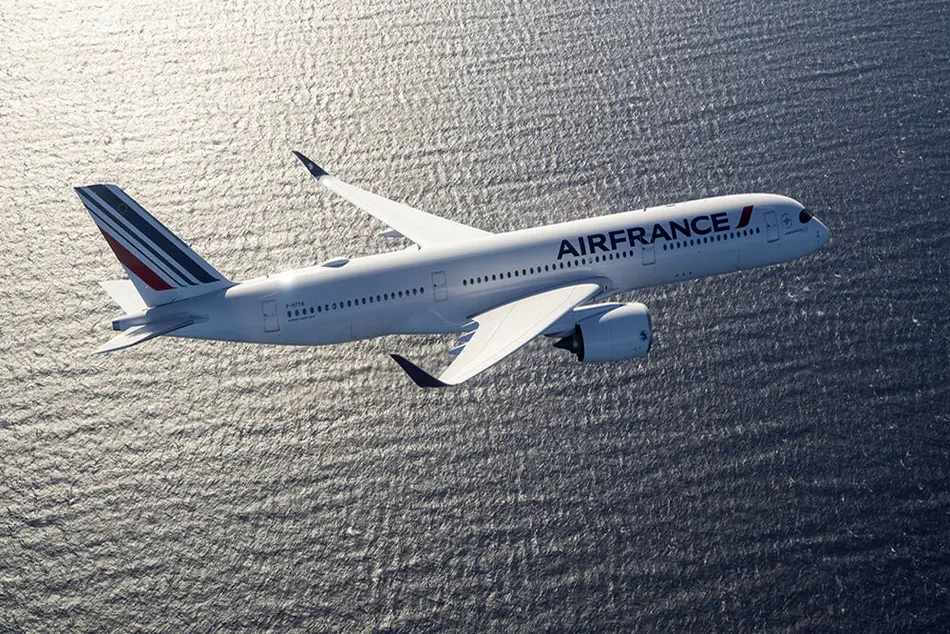Supply Chain Improvements Bolster Airbus Deliveries, Outlook
Deeper involvement with suppliers is helping Airbus address supply chain constraints pressuring aircraft production and delivery targets, the company’s top commercial executive said following a record-breaking month for deliveries.

Deeper involvement with suppliers is helping Airbus address supply chain constraints pressuring aircraft production and delivery targets, the company’s top commercial executive said following a record-breaking month for deliveries.
“We’ve been able to make really meaningful progress,” commercial aircraft CEO Christian Scherer said at a Jan. 9 briefing that included release of key full-year 2024 figures. “I think we can claim that very forcefully.”
In 2024, the manufacturer delivered 766 aircraft to 86 customers, below a stated target of 770 but within a range it previously said would mark success, and 4% above its full year 2023 total.
Airbus closed the year with a monthly record 123 aircraft deliveries in December 2024.
Scherer called the result a “very good achievement,” given the complex operating environment, seeing good progress on its longer-term production trajectory.
“We see that our deliveries and more importantly our industrial output—our industry flow—has been increasing year-over-year,” he noted. “We are not increasing production as far as our customers would like ... but if you step back, you see that together with our partners in the supply chain at large we have shown a lot of strength. I will dare say, Airbus has shown leadership and pulled the industry up.”
Reiterating production rate targets of 75 aircraft per month for the A320neo family by 2027, 12 on the A350 by 2028, 14 on the A220 by 2026, and four for the A330, Airbus is optimistic on timing for a return to pre-pandemic peak delivery numbers. Airbus delivered 863 commercial aircraft in 2019.
“We will surpass the 2019 number in the foreseeable future,” Scherer said.
On meeting its lofty A320neo program ambitions, “there’s still a lot of work to be done, some weak links we have to strengthen, some headwinds we have to sail with and tack with, but I see no reason that that goal of reaching 75 ... in 2027 is unrealistic,” he added.
In 2024, the aircraft manufacturer stepped up its involvement with partners, in a strategy that saw it shift from transactional to an operational level. In addition, a “vast majority” of Airbus suppliers have made changes needed to deliver on planned ramp-ups, added Scherer, noting that Airbus is taking action to address a few persisting issues. Remaining challenges include Spirit AeroSystems, as well as cabin equipment, engines, galleys and seats.
“Admittedly, detailed parts more on the aerostructures sides remain weak links in the chain,” Scherer said. But Airbus has “reaped the benefits” of industrial investments and investments in resources, allowing the OEM to respond to growing demand for the A321, currently representing a good two-thirds of its single-aisle backlog. In 2024, the A321 reached a new production record, Airbus having produced and delivered 361 in 2024, a nearly 15% increase over 2023.
“This figure is going to keep growing with the integration now, the traction we’re getting on the XLR that has come online,” Scherer said. Airbus’ eight A320 family assembly lines are now all A321 capable, a number growing to 10 by 2026 with one additional final assembly line in the U.S. and one in Asia.